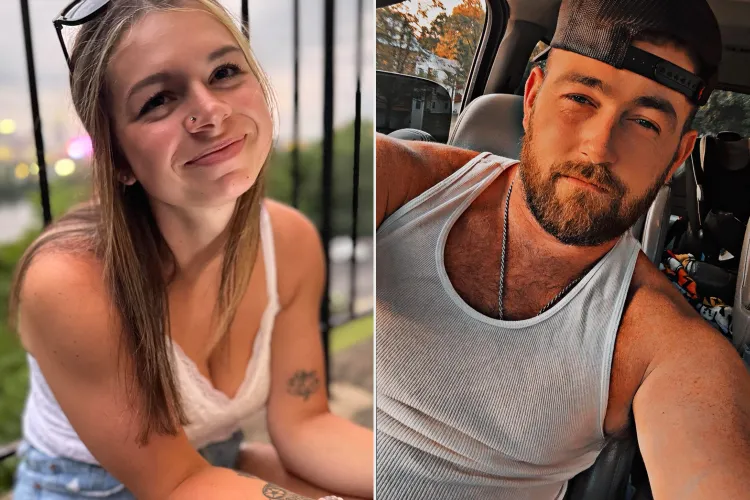Oct 16th, 1991
23 diners massacred at Texas restaurant
George Jo Hennard drives his truck through a window in Luby’s Cafeteria in Killeen, Texas, and then opens fire on a lunch crowd of over 100 people, killing 23 and injuring 20 more. Hennard then turned the gun on himself and died by suicide. The incident was one of the deadliest shootings in U.S. history.
The rampage at the Central Texas restaurant began at approximately 12:45 p.m. and lasted about 15 minutes. Witnesses reported that the 35-year-old gunman moved methodically through the large crowd, shooting people randomly and reloading his weapon several times. Hennard, of nearby Belton, Texas, was shot several times by police before he committed suicide. No clear motive for his actions was ever determined.
In the aftermath of the Luby’s massacre, Killeen residents urged officials at Luby’s corporate headquarters to let the restaurant re-open so people wouldn’t lose their jobs. Five months after the shootings, the cafeteria was back in business and stayed open for nine more years before permanently shutting its doors in September 2000. Another outcome of the Luby’s massacre was that in 1995 the Texas legislature passed a law allowing residents with gun permits to carry concealed weapons.
23 diners massacred at Texas restaurant
George Jo Hennard drives his truck through a window in Luby’s Cafeteria in Killeen, Texas, and then opens fire on a lunch crowd of over 100 people, killing 23 and injuring 20 more. Hennard then turned the gun on himself and died by suicide. The incident was one of the deadliest shootings in U.S. history.
The rampage at the Central Texas restaurant began at approximately 12:45 p.m. and lasted about 15 minutes. Witnesses reported that the 35-year-old gunman moved methodically through the large crowd, shooting people randomly and reloading his weapon several times. Hennard, of nearby Belton, Texas, was shot several times by police before he committed suicide. No clear motive for his actions was ever determined.
In the aftermath of the Luby’s massacre, Killeen residents urged officials at Luby’s corporate headquarters to let the restaurant re-open so people wouldn’t lose their jobs. Five months after the shootings, the cafeteria was back in business and stayed open for nine more years before permanently shutting its doors in September 2000. Another outcome of the Luby’s massacre was that in 1995 the Texas legislature passed a law allowing residents with gun permits to carry concealed weapons.
Oct 16th, 1991
23 diners massacred at Texas restaurant
George Jo Hennard drives his truck through a window in Luby’s Cafeteria in Killeen, Texas, and then opens fire on a lunch crowd of over 100 people, killing 23 and injuring 20 more. Hennard then turned the gun on himself and died by suicide. The incident was one of the deadliest shootings in U.S. history.
The rampage at the Central Texas restaurant began at approximately 12:45 p.m. and lasted about 15 minutes. Witnesses reported that the 35-year-old gunman moved methodically through the large crowd, shooting people randomly and reloading his weapon several times. Hennard, of nearby Belton, Texas, was shot several times by police before he committed suicide. No clear motive for his actions was ever determined.
In the aftermath of the Luby’s massacre, Killeen residents urged officials at Luby’s corporate headquarters to let the restaurant re-open so people wouldn’t lose their jobs. Five months after the shootings, the cafeteria was back in business and stayed open for nine more years before permanently shutting its doors in September 2000. Another outcome of the Luby’s massacre was that in 1995 the Texas legislature passed a law allowing residents with gun permits to carry concealed weapons.
0 Комментарии
0 Поделились
4097 Просмотры







